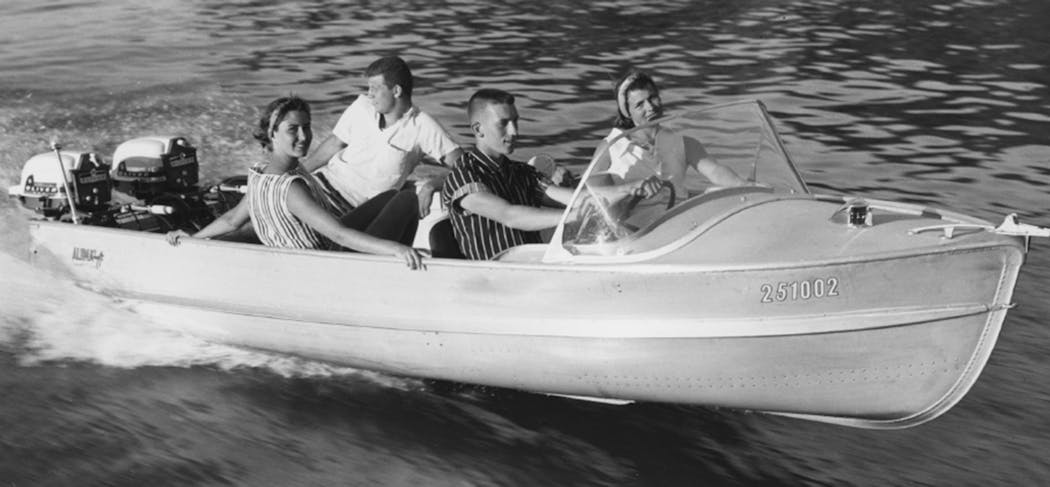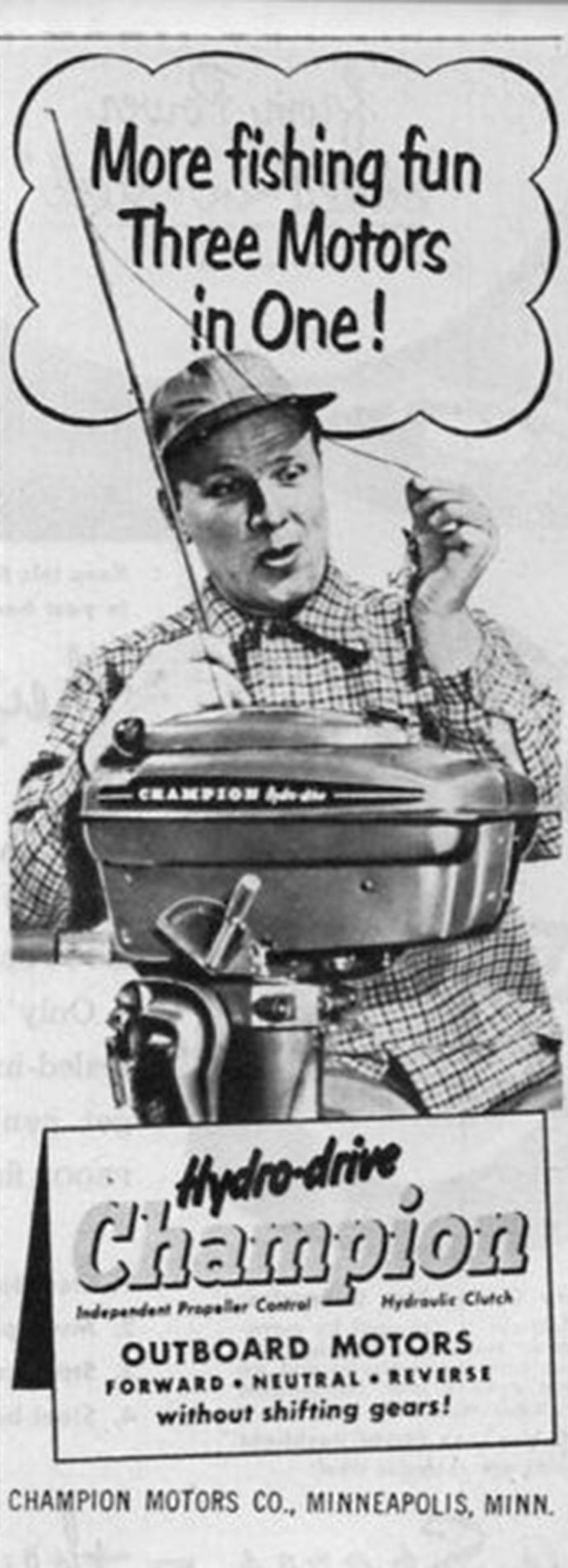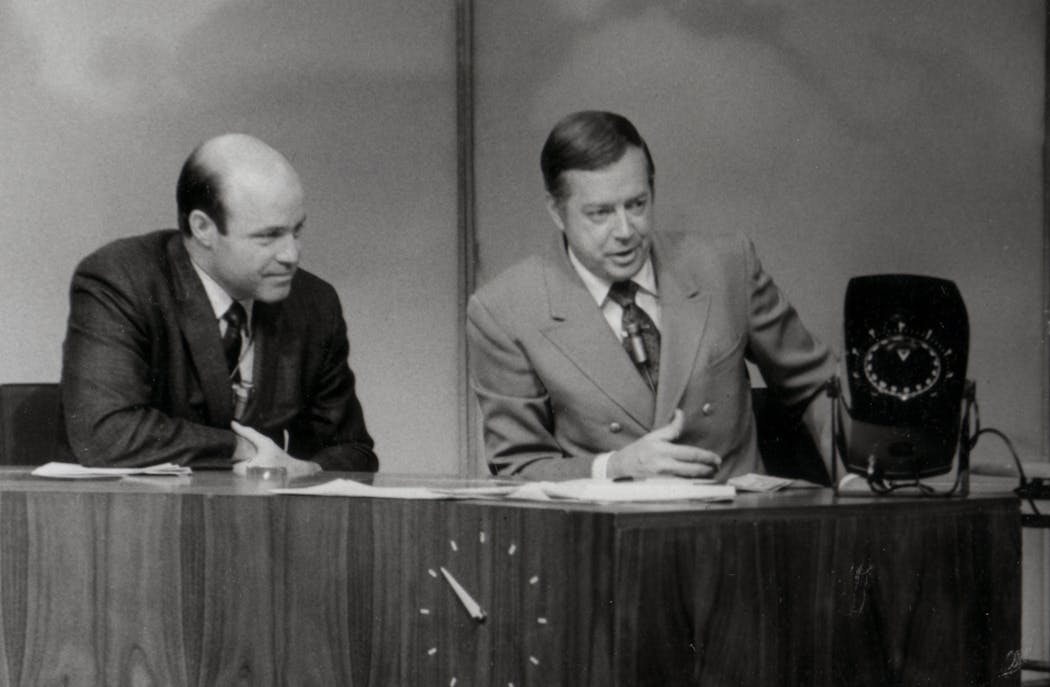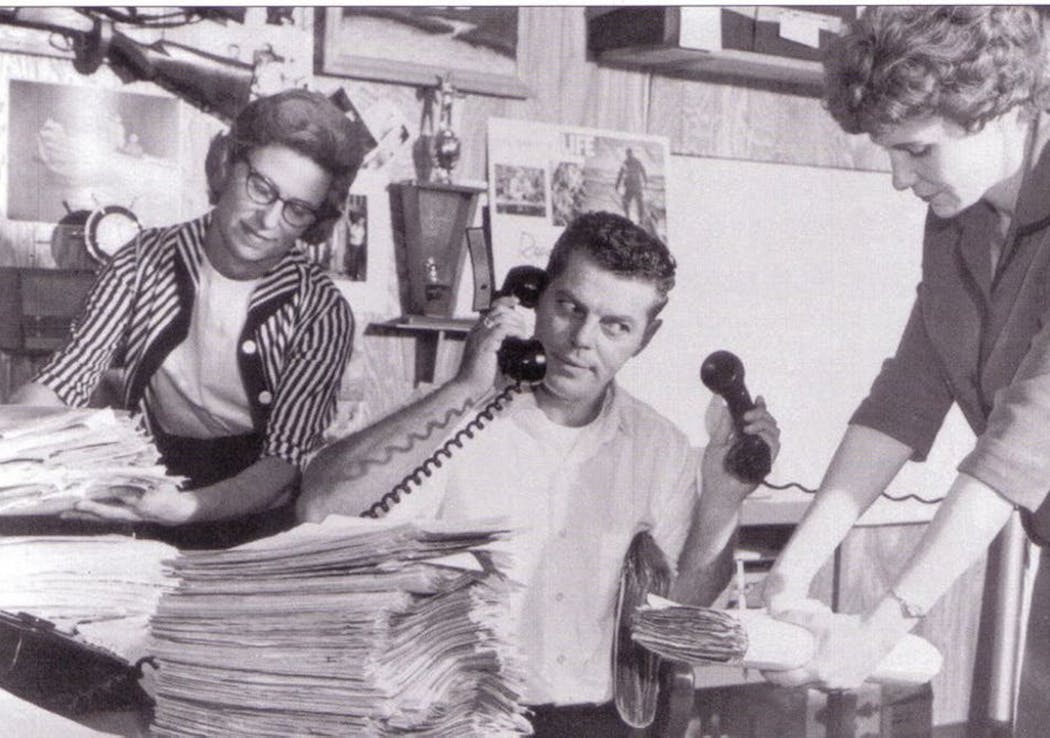Fishing has come a long way — thanks to Minnesota
Few states, or even countries, can match Minnesota's variety and quality of fish, many of which are dependent on smaller fish — fathead minnows especially — to eat.
Walleyes of course are King here. Or Queen — take your pick. Other finned resident bigwigs include bluegills, crappies, largemouth and smallmouth bass, northern pike, muskies, steelhead, lake trout and various sizes and colorations of stream trout, including brook, brown and rainbow.
Over time this vast fishery has spawned countless innovations among Minnesota's 1 million-plus anglers that quite literally have changed fishing history. Revolutions in minnow imitations, bait presentation, lure distribution, boat design, electric trolling motors and fishing electronics are among these homegrown breakthroughs.
1. Tiny fish, big role
Wherever in Minnesota water gathers, including dirty, shallow, low-oxygen ponds where few swimming critters are found, fatheads — Minnesota's most abundant minnow — not only exist, they thrive. Reproducing each year from late May to August, female fatheads spawn multiple egg clutches that can contain 350 eggs per clutch. Without fatheads, which grow to about 2½ inches long while living an average of only about one year, Minnesota wouldn't have the world-class fishery it has. Walleyes, perch, bass, crappies and northern pike devour these tiny fish, as do terns, herons and other birds.
2. Presenting the bait
Four-thousand years after the Chinese first deployed hooks to catch fish, the Lindner brothers, Al and Ron, had an earth-shattering piscatorial idea of their own: the Lindy Rig. Critical as minnows and other live baits are to angling success, bait presentation is equally critical. So the Lindners developed a "sliding sinker" rig that allows a trolled minnow (or other bait) to trail at various distances behind a bottom-bouncing weight. Soft-biting walleyes can pull the baits into their mouths without feeling resistance from anglers, who allow lines to run through the sliding sinker until setting the hook. Walleye fishing hasn't been the same since.
3. Getting to the fish
Minnesota has long been tops in the design and building of aluminum boats most capable of taking anglers onto, and safely back from, northern fishing waters — Lund, Alumacraft and Crestliner being three notable examples. First on the market was Alumacraft, whose boats were initially built in 1946 by a subsidiary of Flour City Ornamental Iron Works Co. in Minneapolis. Alumacraft's 12-foot-long Model B featured a retail price of $275, no small sum at the time. But advantages of aluminum over heavy and frequently penetrable wooden boats were many, and the shiny metal craft caught on quickly. Lund and Crestliner also debuted prototypes in the '40s and began full production a few years thereafter.
4. Fish await, but rowing is slow
Today shiny 400-horsepower outboards power some upscale fishing boats. Less grandiose were Champion outboards, founded in 1927 by Henry Dolan, Sig Conrad and Dutch Witch of St. Paul. Their first batch of 30 1.5-horsepower motors laid the foundation for Minnesotans C.E. Scott and H.B. Atwater to build Scott-Atwater outboards beginning in 1946. Those brands are long gone, but boat-power innovation still thrives in Minnesota, notably in Mankato, home of Minn Kota electric trolling motors. The company traces its roots to invention of the electric trolling motor in 1934 in Fargo, N.D., by O.G. Schmidt, who called his company Minn Kota in recognition of his home state's proximity to Minnesota.
5. Seeing beneath the surface
Among Silicon Valley's claims to fame is the miniaturization of transistors. Yet California's southern Bay Area can't match Minnesota's hi-tech wizardry in fishing electronics. Vexilar of Minneapolis sold its first product, the Deptherm, in 1960 (it's still offered by Vexilar), followed by many industry "firsts," including the first liquid crystal display (LCD) depth finder in 1981 and most recently by inventions incorporating fishing sonar with smartphones. Credit also Jeff Zernov of Brainerd, a marine electronics and video technology expert who invented the first Aqua Vu Underwater Viewing System in 1997. Acquired by Outdoors Insight in 2007, Aqua-Vu remains headquartered in north-central Minnesota.
6. The game changer
Ray Ostrom and Ron Weber of Minneapolis wrote a letter in 1960 that changed their lives and those of every North American angler. Ostrom and Weber's missive to Lauri Rapala in his native Finland requested U.S. distribution rights for Rapala's namesake lure, which mimicked an injured minnow and was little known at the time in the U.S. Remarkably, Rapala responded, "Sure," and soon "the Rapala Company" (later Normark) was established in Ostrom's Lake Street bait shop basement. More good fortune followed when a story about the lure appeared in the issue of Life magazine featuring the life and recent death of Marilyn Monroe. More than 3 million Rapala orders soon arrived, and once again, in Minnesota, fishing history was made.
Photo credits: iStock; Ostrom family; Lindner Media; Vexilar; Alumacraft
dennis.anderson@startribune.com









